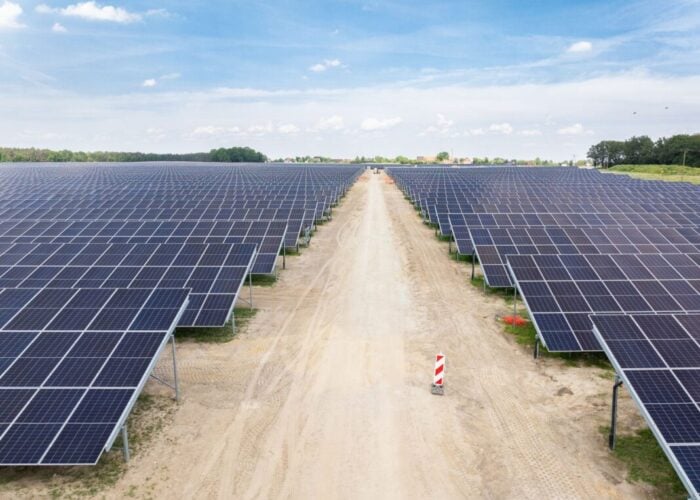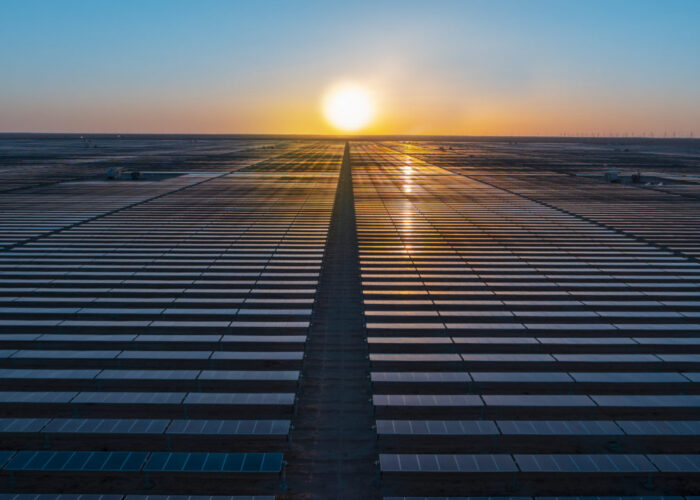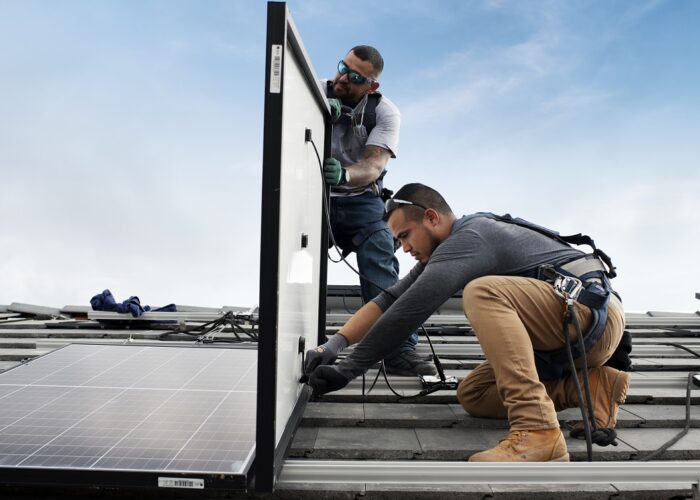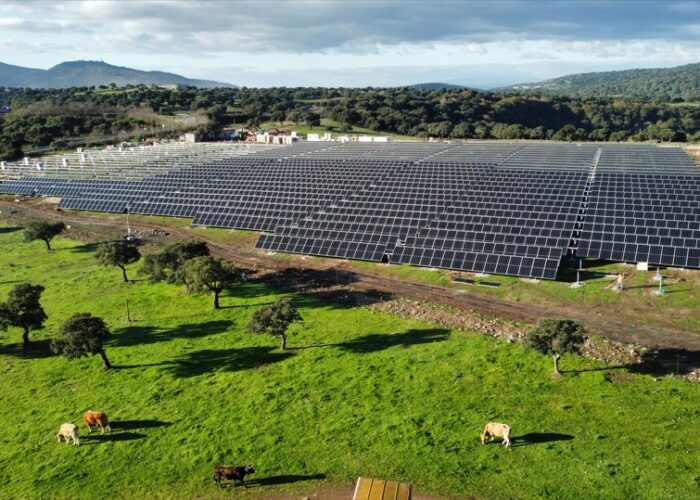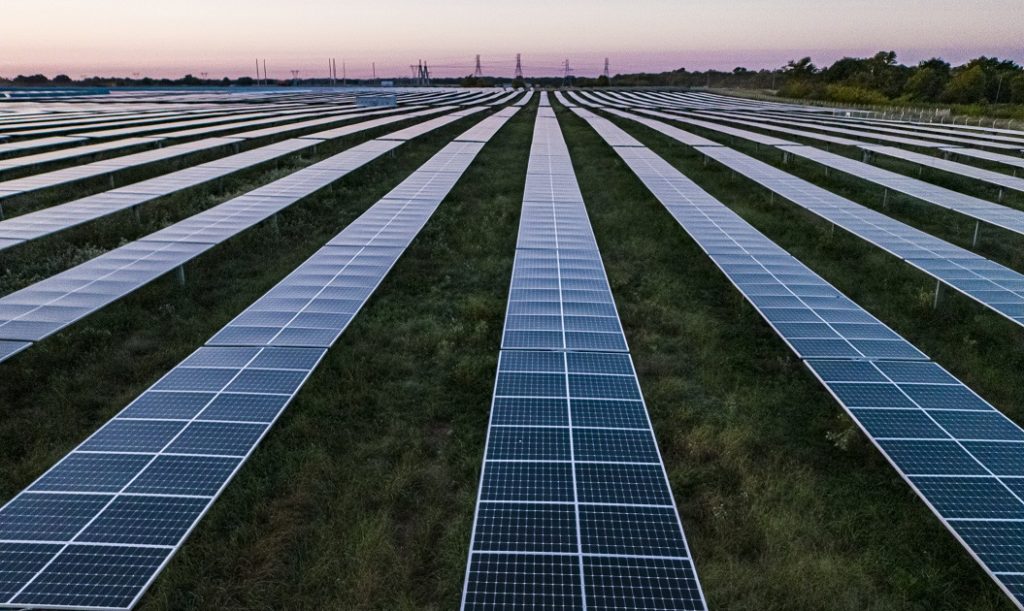
The US renewables industry overcame headwinds in 2020 to post record deployment figures and continue a decade-long growth trend, a joint report from BloombergNEF (BNEF) and the Business Council for Sustainable Energy (BCSE) has revealed.
The ninth edition of the Sustainable Energy in America Factbook showed solar enjoyed its strongest year ever in the country, with 16.5GW completed, up from the previous high in 2016, while a record 33.6GW of solar and wind was built.
Unlock unlimited access for 12 whole months of distinctive global analysis
Photovoltaics International is now included.
- Regular insight and analysis of the industry’s biggest developments
- In-depth interviews with the industry’s leading figures
- Unlimited digital access to the PV Tech Power journal catalogue
- Unlimited digital access to the Photovoltaics International journal catalogue
- Access to more than 1,000 technical papers
- Discounts on Solar Media’s portfolio of events, in-person and virtual
That 16.5GW figure is down on the 19GW projection for 2020 US solar installs from a report published in December from the Solar Energy Industries Association and Wood Mackenzie. However, the new factbook said actual installations “could be higher” than its published figures.
According to BNEF and BCSE, renewables’ contribution to the power grid reached a new high, rising 11% year-on-year, to generate a fifth of US power in 2020.
Faced with COVID-19 and a sharp economic contraction, the report said the extraordinary circumstances of 2020 “make the sustainable energy sector’s achievements all the more remarkable”.
“In a year when so much went sideways, it was a blockbuster year for renewable energy build and for the first time, a record 40% of US power consumed generated no CO2 emissions,” said Ethan Zindler, BNEF’s head of Americas. “Decarbonisation of US energy accelerated in 2020 and the benefits will be felt for years to come.”
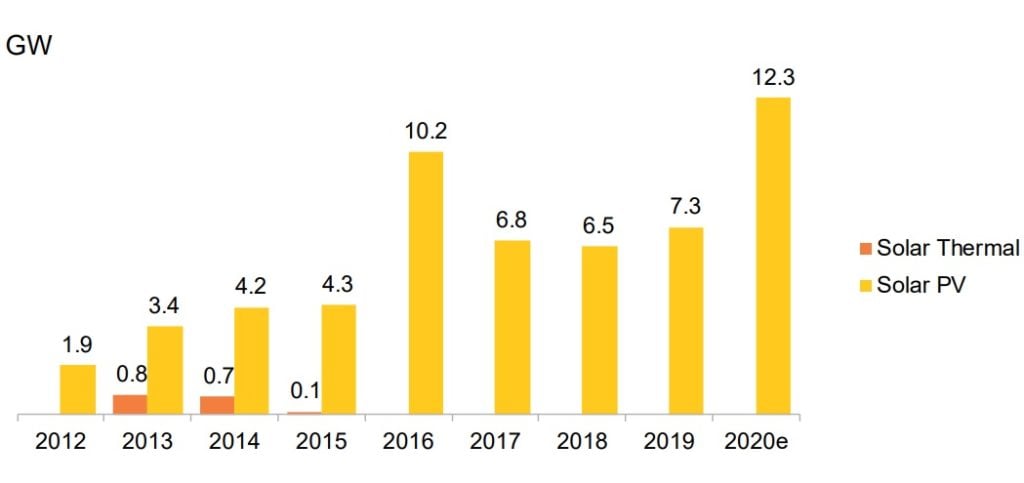
The report said that while the pandemic had “little to no impact” on utility-scale solar construction activity, with a new high of 12.3GWdc constructed last year, it stifled the availability of tax equity for PV.
Asset finance activity for new-build, large-scale US solar rose to the highest level of the last decade, reaching US$23.1 billion, which is said to represent new investment in solar built across various forms of debt and equity. In terms of utility-scale PV acquisition activity, 4.3GW of commissioned capacity changed hands last year, according to BNEF.
Despite delays in permitting and construction activity stemming from lockdown orders across the US in Q2, residential solar installations also hit a new high, with installers successfully shifting to online sales techniques to reach new customers.
Global supply chain disruptions, workforce protection measures and policy uncertainty required adaptation across the renewable energy industry, said Lisa Jacobson, BCSE president. “The continued growth of clean energy in the United States, in spite of the economic downturn and the challenges of the pandemic, demonstrates that the market for these technologies is maturing and the portfolio is highly resilient.”
The research also revealed that as energy demand for electricity and transportation fell, greenhouse gas emissions sank 9% year-on-year, which “puts the US on track to meet its 2025 Paris Agreement commitment”, though energy demand and emissions are expected to rebound with widespread vaccinations in 2021.

